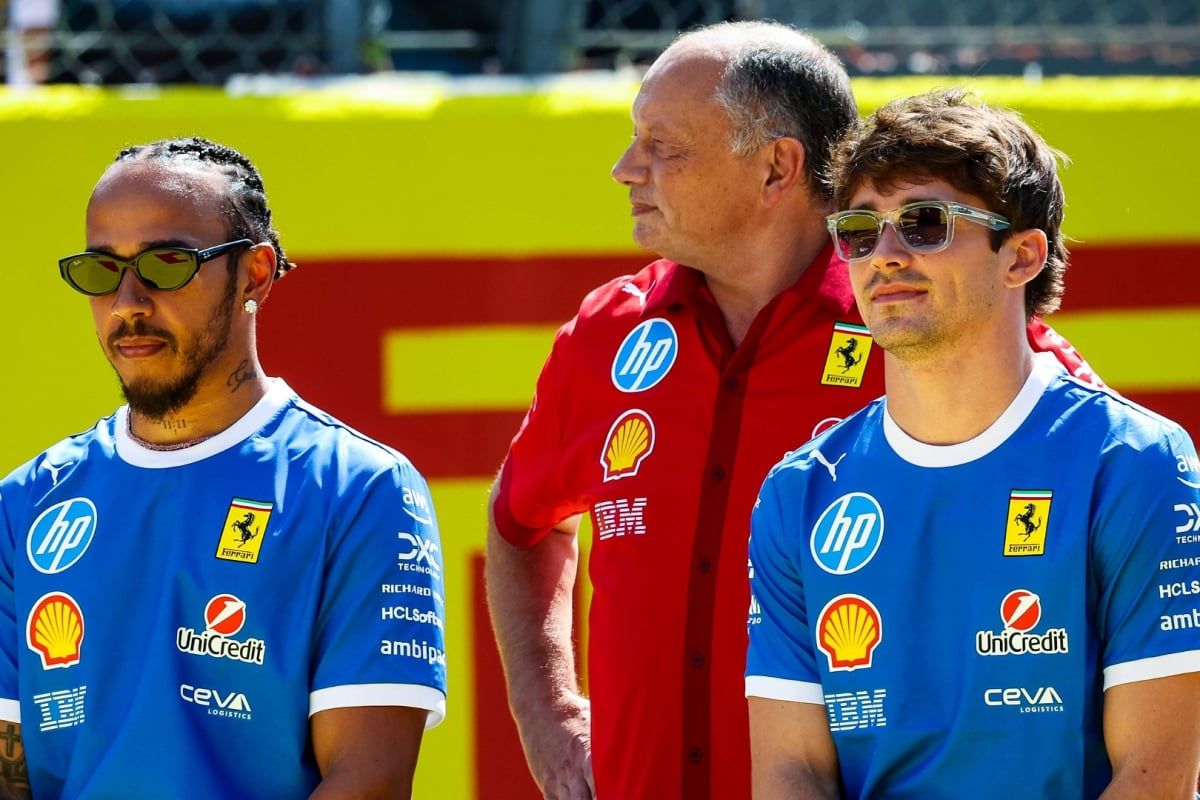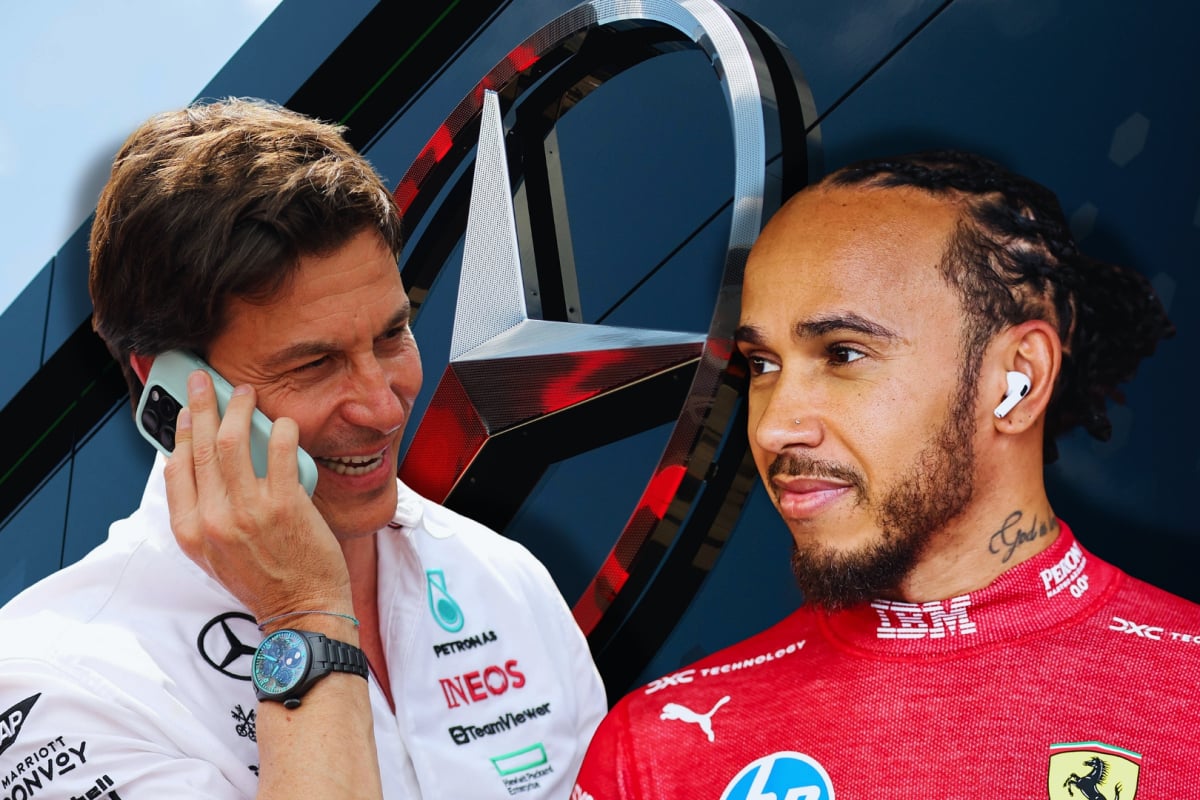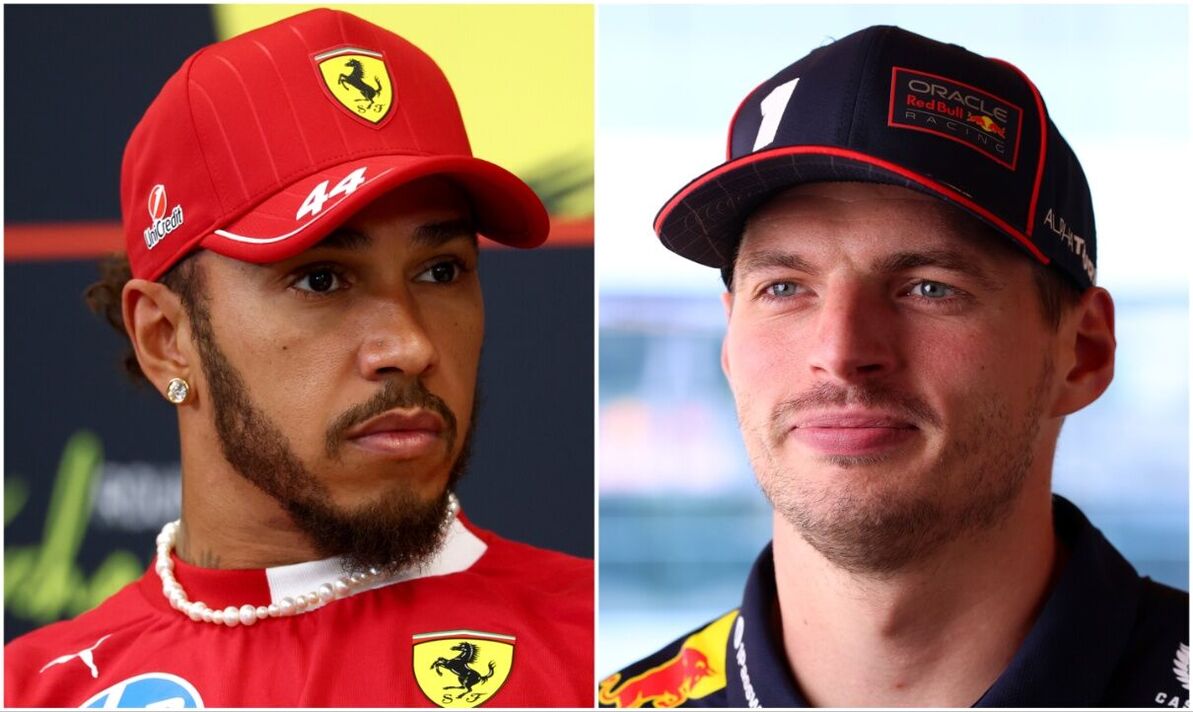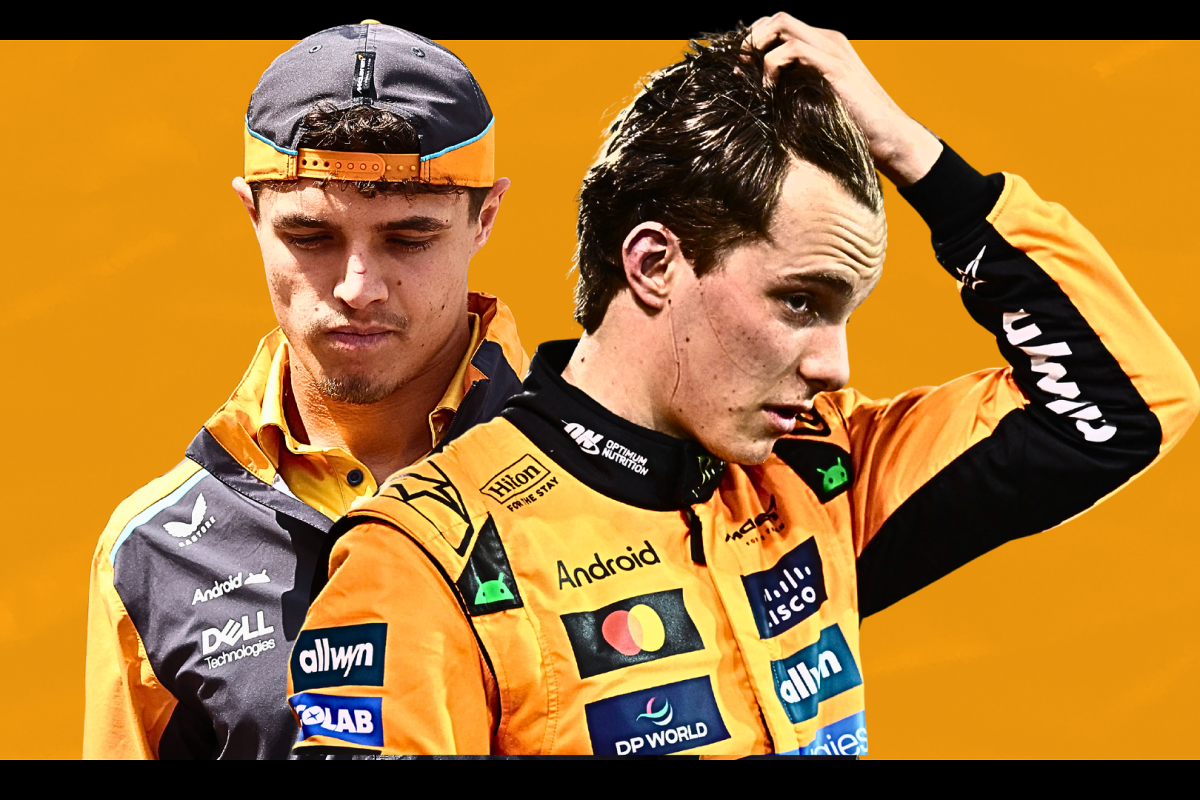Ferrari Confirms Charles Leclerc to Miss Australian Gp due to…read more
Ferrari’s latest FP1 driver swap has raised eyebrows, not just for who is stepping aside, but for who isn’t. Charles Leclerc will miss the first practice session of the Austrian Grand Prix, making room for young Swedish talent Dino Beganovic. This will be the second time this season that Leclerc has vacated his seat for a rookie, following a similar arrangement at the Bahrain Grand Prix.
The move comes in response to new 2025 regulations requiring teams to field rookie drivers in each car twice throughout the season. While logic might suggest an alternating pattern between Hamilton and Leclerc, Ferrari have instead chosen to use only Leclerc’s seat so far. This has led to speculation that the team lacks confidence in Lewis Hamilton’s ability to deliver a strong weekend without the full complement of practice time.
This concern is not unfounded. Hamilton has yet to score a podium in 2025 and currently trails his teammate by 25 points in the drivers’ standings. Though both are driving the SF-25 and had equal time to adjust, Leclerc’s long-term familiarity with Ferrari’s systems, personnel, and environment—having been with the team since 2019—gives him a smoother path to adaptation.
By contrast, Hamilton has only outqualified Leclerc three times this season and has struggled in qualifying sessions, often starting further down the grid. That has made his race-day performances more challenging and inconsistent. Ferrari’s decision to give Hamilton every opportunity to build rhythm early in the season could be strategic, reflecting a need for him to find form before being asked to miss any track time.
Additionally, Hamilton’s own remarks in recent weeks hint at growing frustration. He has openly expressed disappointment with his results and with the team’s lack of timely upgrades, signaling that the adjustment period to life at Ferrari is still ongoing. In such a context, the decision to delay his FP1 sit-outs could be a way to avoid further destabilizing his already shaky confidence.
Meanwhile, Leclerc continues to deal with disrupted weekends. He crashed early in FP1 in Canada, missing FP2 as well, which compromised his setup work and resulted in an underwhelming qualifying performance. Still, he managed to outqualify Hamilton during the Bahrain weekend despite sitting out FP1, finishing third on the grid. He will be hoping for a similar performance in Austria.
As for Hamilton, the challenge is clear: deliver consistently and regain Ferrari’s trust. If he can build momentum and show his trademark race-day strength, the team may feel more comfortable rotating him out for rookie sessions later in the season—perhaps when fatigue begins to set in or the title race outlook is clearer. For now, though, Ferrari’s decisions may quietly reflect deeper uncertainties about the seven-time world champion’s adaptation.




